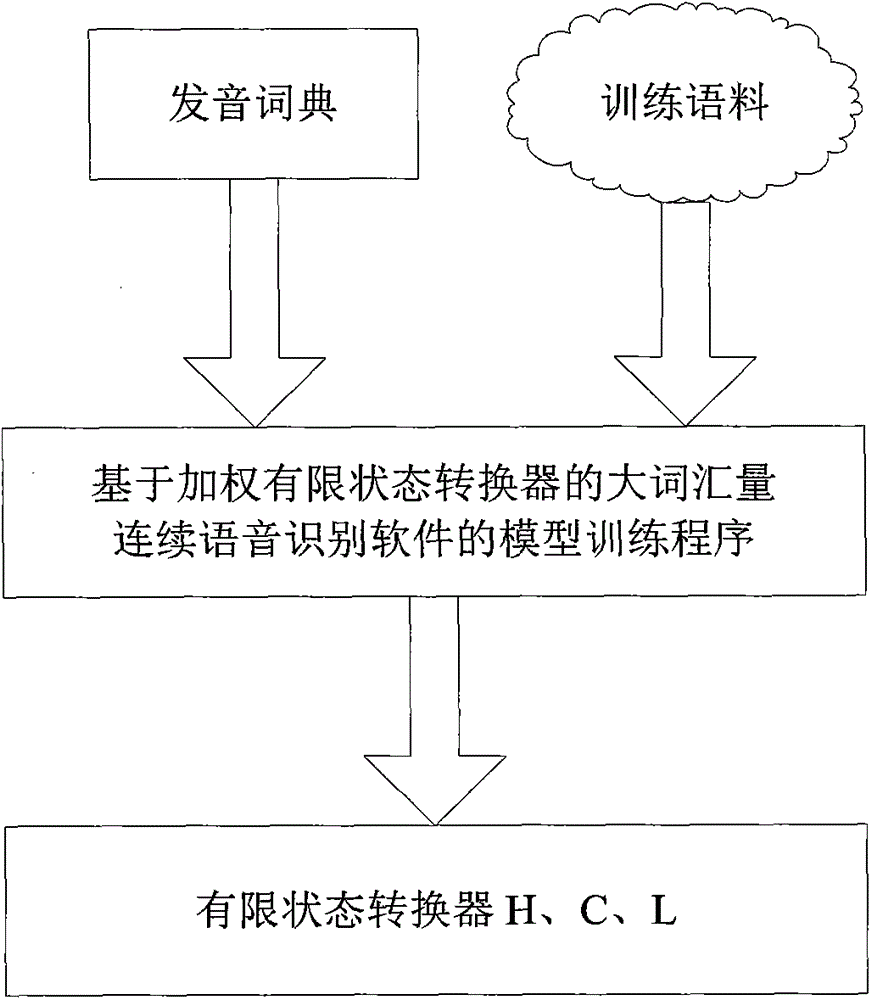Phoneme-level low-power consumption spoken language assessment and defect diagnosis method
An evaluation method and low-power technology, applied in voice analysis, instruments, etc., can solve problems such as switching troubles, inability to objectively score the quality of pronunciation, and students not knowing how to improve, so as to reduce load and power consumption, and avoid network problems. Traffic consumption, the effect of reducing hardware requirements
- Summary
- Abstract
- Description
- Claims
- Application Information
AI Technical Summary
Problems solved by technology
Method used
Image
Examples
Embodiment Construction
[0040] First, the relationship between the first embodiment and the second embodiment will be described. In the first embodiment, the standard voice is not used, so only the user's voice is processed, and in the second embodiment, the standard voice is used, so it is necessary to increase the step of processing the standard voice (this step can be done in the server terminal can also be performed at the user terminal). Due to the addition of standard voices, the evaluation methods for user voices are also different.
[0041] When introducing the embodiments of the present invention, it is necessary to introduce related technologies in the field of speech processing, in order to facilitate a clearer understanding of the present invention.
[0042] Such as figure 1 As shown, the process of processing speech processing and extracting feature vectors is roughly divided into the following three steps:
[0043]i, the sound wave data (waveform) of the original collected sound abou...
PUM
 Login to View More
Login to View More Abstract
Description
Claims
Application Information
 Login to View More
Login to View More - Generate Ideas
- Intellectual Property
- Life Sciences
- Materials
- Tech Scout
- Unparalleled Data Quality
- Higher Quality Content
- 60% Fewer Hallucinations
Browse by: Latest US Patents, China's latest patents, Technical Efficacy Thesaurus, Application Domain, Technology Topic, Popular Technical Reports.
© 2025 PatSnap. All rights reserved.Legal|Privacy policy|Modern Slavery Act Transparency Statement|Sitemap|About US| Contact US: help@patsnap.com



